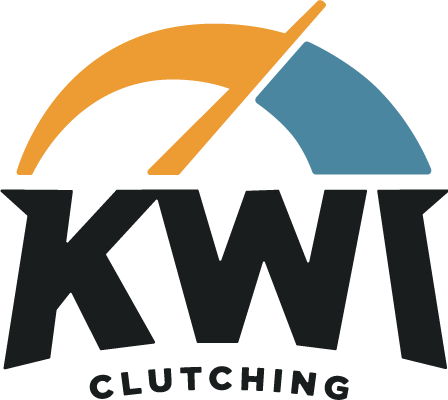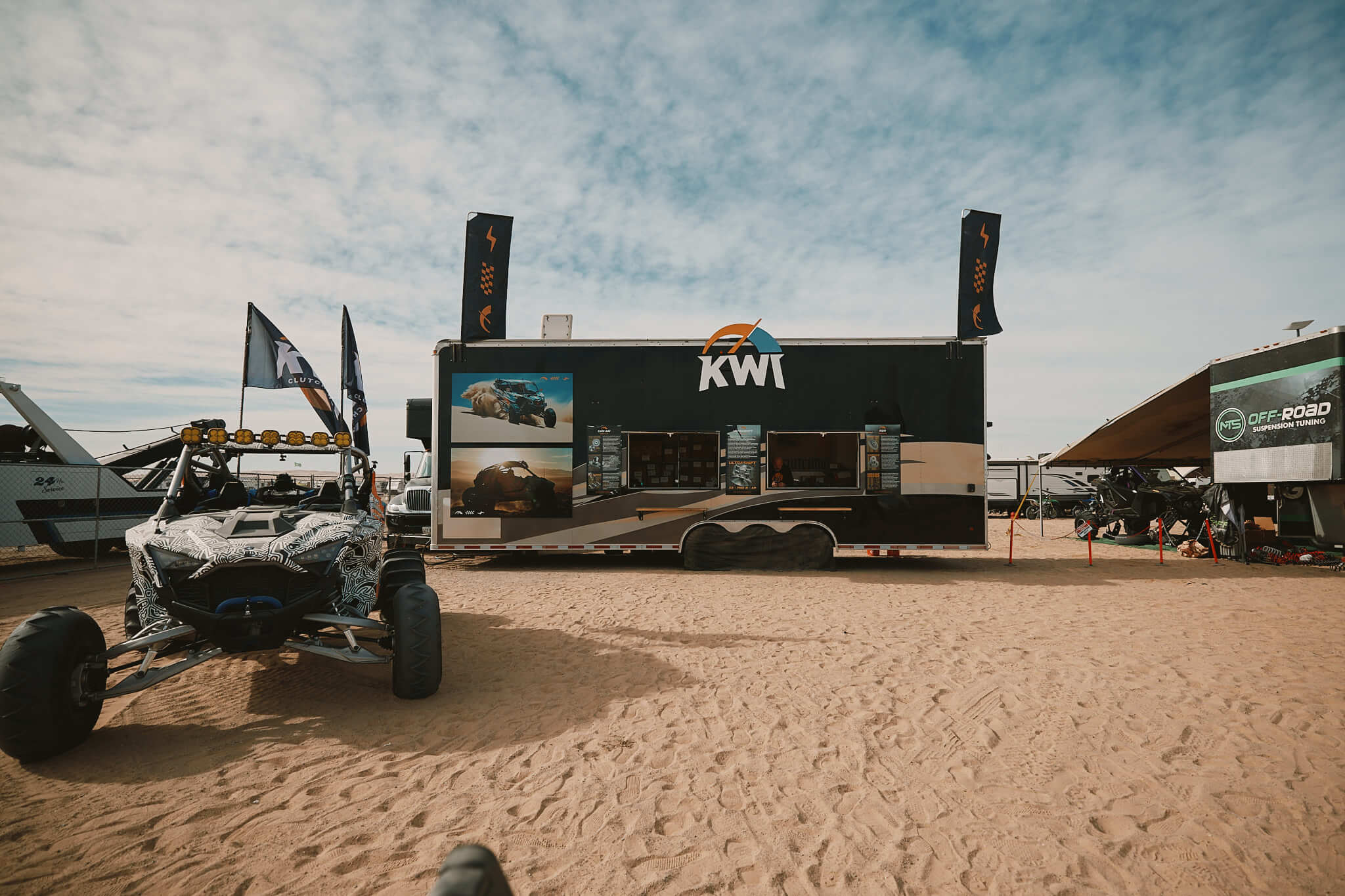
If you run a UTV, your UTV CVT belt is the lifeline between all that horsepower under the hood and the dirt under your tires. Blow a belt, and your ride—and your weekend—is done. But if you understand how CVT systems work and maintain them properly, they’re one of the most efficient and reliable drivetrains on the market. Read on to find out more about what KWI Clutching experts have to say about drive belt lifespan and how to keep your system alive.
Why CVT Belt-Driven Systems Work Better
Unlike traditional gearboxes, a CVT (Continuously Variable Transmission) automatically adjusts gear ratios as you drive. The result? Smoother acceleration, no power interruptions, and the ability to keep your engine in its optimal powerband at all times.
A well-tuned CVT maximizes torque delivery and keeps your UTV in peak performance mode—but only if your clutch setup and belt condition are dialed in.
Belt Break-In: Don’t Skip It
Brand-new belts need a proper break-in cycle. This first heat cycle sets the fibers and ensures even wear—the key to long CVT belt life.
How to break in your belt correctly:
-
Drive for 20 minutes between 20–40 mph
-
Let the belt cool completely for at least 30 minutes
-
Repeat the cycle once more
Do it right, and your belt will last far longer. Skip it, and you’ll glaze it before the fun even begins.

Warm It Up Before You Send It
Cold belts hate sudden shock loads. Always give your clutch and belt time to warm up before hammering the throttle.
A few minutes of easy driving brings your belt up to operating temperature—reducing friction, slip, and premature wear.
Inspect Often for Improved Drive Belt Lifespan
Check your belt before every ride. Look for:
-
Frayed edges
-
Glazing or shiny spots
-
Cracks between cogs
-
Delamination
If you spot any of the above, replace the belt immediately. A $145 belt is cheaper than a tow out of the dunes.
Why Belt Failures Happen
Most belt failures come down to misalignment, poor clutch calibration, or excessive heat.
When your clutches aren’t properly aligned, your belt is fighting the system instead of driving it. That’s where precision tuning and alignment make all the difference.

CVT Belt Life Span: Fix the Source—Not the Symptom
For Can-Am X3 Owners:
From the factory, X3 clutch alignment isn’t perfect. The KWI Float Mod solves that by machining the secondary clutch to “float,” allowing the belt to track true and reducing side load. The result? Cooler temps, smoother shifting, and dramatically longer CVT transmission belt life.
Learn more about the PDrive Float Mod here.
For RZR and Kawasaki Owners:
Proper clutch calibration is key. KWI Clutch Kits are engineered to put your power where it belongs—to the ground. Each kit is tested, tuned, and proven by top racers across the toughest terrain on earth.
Run the Best CVT Belts, For Less
All the clutch tuning in the world won’t help if you’re running a junk belt.
That’s why we run Gates RedLine Belts—they’re built to handle higher temps, stronger loads, and repeated abuse without fading.
And at $145, KWI offers the lowest price on the market for Gates RedLine Belts for Can-Am X3, Gates RedLine Belt for RZR, and Kawasaki models.
Bottom Line on Drive Belt Lifespan
Belt life isn’t luck—it’s setup, care, and a little knowledge.
✅ Break it in.
✅ Warm it up.
✅ Inspect it often.
✅ Tune it right.
Do that, and your belt will outlast your weekend—and maybe even your competition.
KWI Clutching—Battle Tested & Proven.


Share:
Glamis Sand Dunes: What Is It and Why Do You Need to Be There?